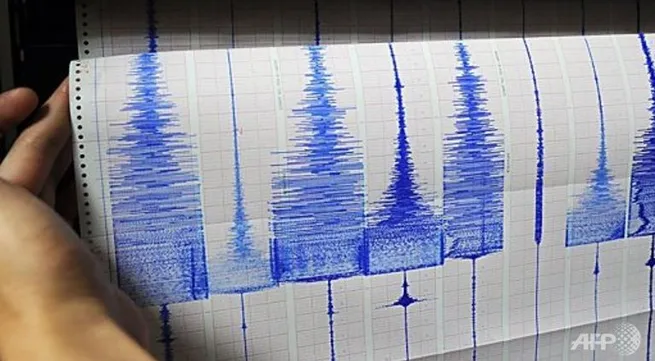Tsunami warning in Okinawa after 6.6-magnitude quake

A tsunami as high as one metre was reportedly forecast to hit islands in Japan's far south on Monday (Apr 20) after a 6.6-magnitude earthquake struck off eastern Taiwan.
National broadcaster NHK said waves were possible on several islands in the southern Okinawa chain after a very shallow quake centred on Yonaguni in the southwest, near Taiwan.
Witnesses said buildings swayed in Taipei but there was no visible damage in the Taiwan capital.
"We are issuing warnings via the radio," Satoshi Shimoji of the Miyako City government told NHK. "We want residents to get as far as possible from the sea," he said.
NHK said the tsunami - an irregular wave that alters the sea level, and not necessarily a huge event - is believed to have already arrived at remote Yonaguni, although no details were yet available.
Live footage from coastal cameras showed sea levels had apparently not risen in several harbours within the warning zone.
The Pacific Tsunami Warning Centre said in a statement that "based on all the available data ... there is no tsunami threat from this earthquake".
The US Geological Survey said the 6.6-magnitude quake, which Japanese authorities had originally put at 6.8, struck 71 kilometres east of Hualian, Taiwan at 0143 GMT (9.43am Singapore time).
Japan sits at the confluence of four of the earth's tectonic plates and registers more than 20 percent of the planet's most powerful earthquakes every year.
Strict building codes and a long familiarity with the dangers mean that quakes that might cause devastation in other parts of the world are frequently uneventful in Japan.
However, occasional disasters prove exceptionally deadly, and more than 18,000 people were killed by a huge tsunami that smashed into the northeast coast in 2011 after a huge 9.0-magnitude earthquake.





